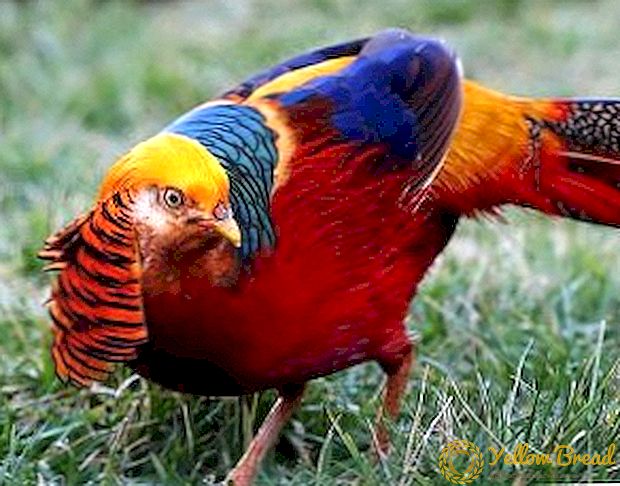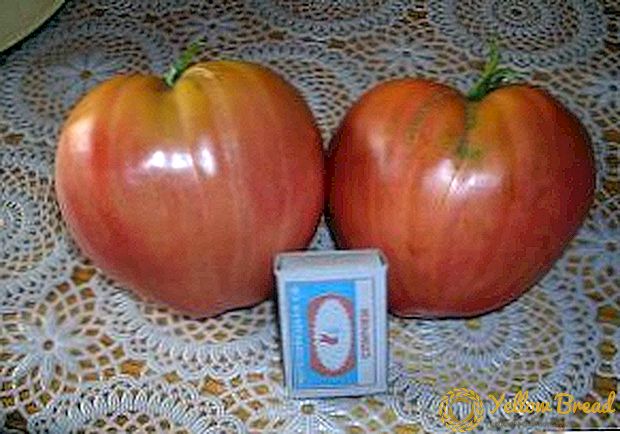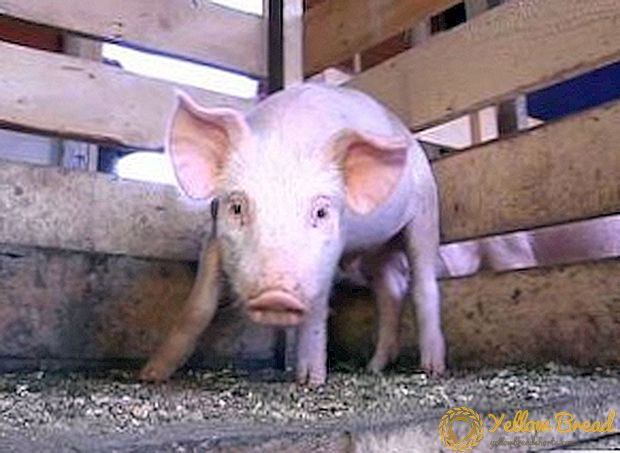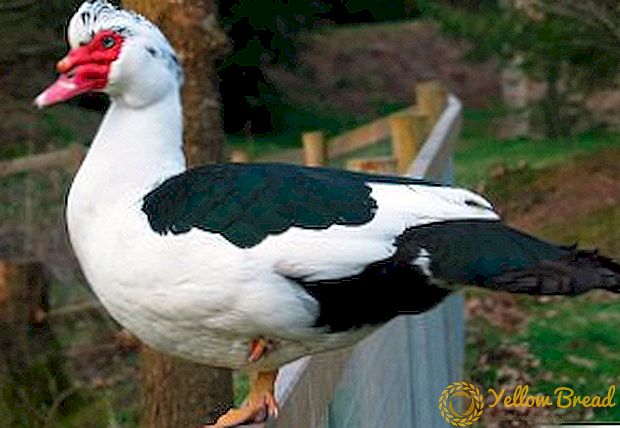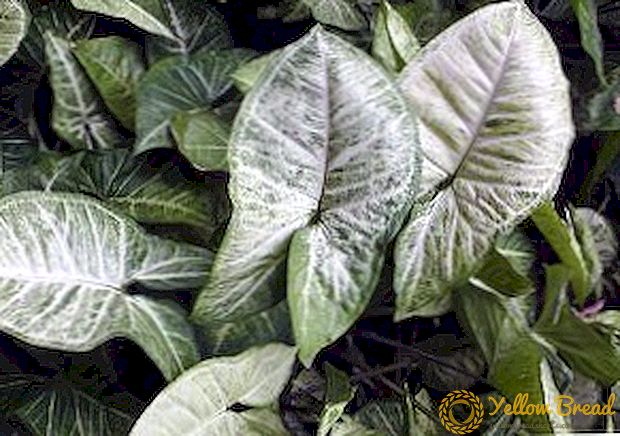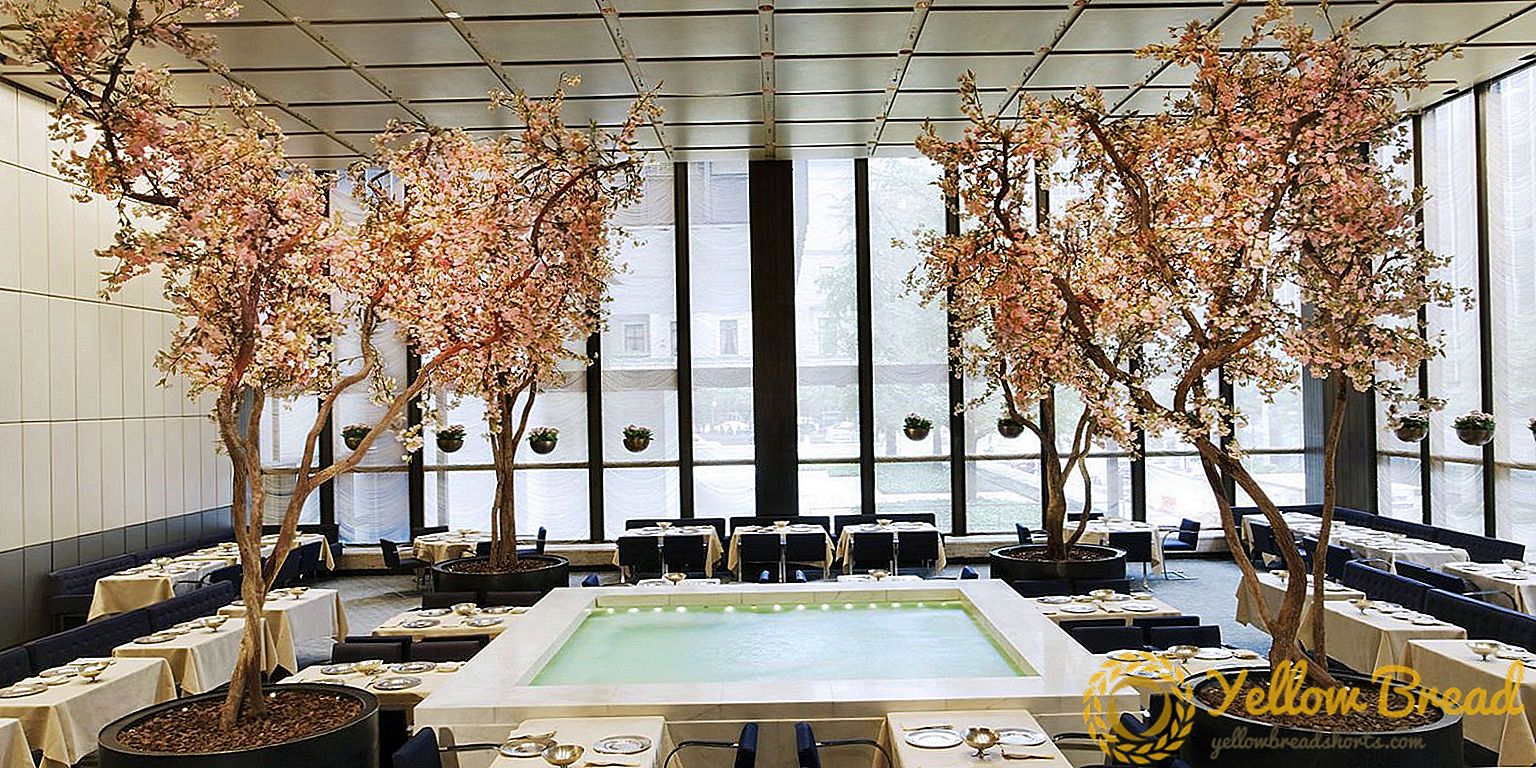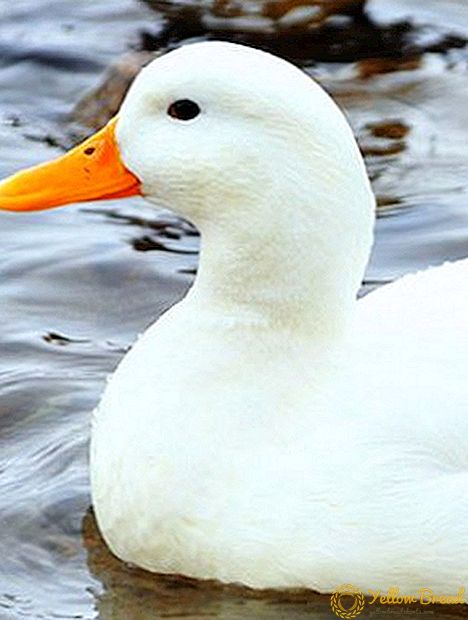 The topic of today's article is Star-53 broiler duckWhich is also called "Peking duck". This is a great alternative to ordinary domestic ducks, as the tendency to move towards a healthy lifestyle encourages us to refuse fatty foods. Peking duck gives a large amount of tasty, but not fatty meat, which is different dietary qualities. We will find out how difficult it is to grow Star-53 at home, what are the positive and negative sides of the breed, how to get healthy young.
The topic of today's article is Star-53 broiler duckWhich is also called "Peking duck". This is a great alternative to ordinary domestic ducks, as the tendency to move towards a healthy lifestyle encourages us to refuse fatty foods. Peking duck gives a large amount of tasty, but not fatty meat, which is different dietary qualities. We will find out how difficult it is to grow Star-53 at home, what are the positive and negative sides of the breed, how to get healthy young.
- Breed description
- Inference history
- External characteristics
- Productivity
- The advantages and disadvantages of the breed
- pros
- Minuses
- Content Features
- Feeding ration
- Breeding ducklings
- Maintenance and care
- Feeding
Breed description
We begin the discussion of duck Star-53 with a description of the breed. Let's talk about the birthplace of the animal, find out the main characteristics and differences. 
Inference history
Star-53 is a cross from a Peking duck. Cross was created by a French breeder in the company. Grimaud freres selection. We will “dig” deeper into the story and talk about the Peking duck itself and the reasons for its popularity.
The Peking duck, following the name, was bred in China more than 300 years ago.
External characteristics
Before considering the external characteristics of the Star-53 duck, its descriptions and photos, it is worth saying that There are two types of breed: large and mediumwhich differ only in size, the remaining signs are similar.  Broiler duck can have two colors - white and yellowish. Other options do not apply to the hybrid.
Broiler duck can have two colors - white and yellowish. Other options do not apply to the hybrid.
The overall physique is powerful, the parts of the body are symmetrical, there are no large legs or small wings. The main feature is a wide chest, which caused the distant location of short limbs.
In appearance, the broiler bird is very similar to the usual white goose, but the length of the neck and the setting of the body will not allow you to confuse such different species.
Productivity
Each owner primarily pays attention not to the beauty of the bird, but to its productivity.
We mentioned above that there is a large and medium variety, so there are various statistics that should not be identified.  The average variation on the 56th day of development has the following parameters:
The average variation on the 56th day of development has the following parameters:
- total weight - 4 kg;
- the amount of pure meat - 67%;
- fillet yield - 26.9%.
- total weight - 4.1 kg;
- the amount of pure meat - 66%;
- fillet yield - 27.3%.
 As for egg production, even here the duck shows just record numbers. On average, you will receive more than 260 eggs per year, which reach a weight of 70-90 g.
As for egg production, even here the duck shows just record numbers. On average, you will receive more than 260 eggs per year, which reach a weight of 70-90 g.If you take the worst egg production and the lowest possible egg weight, then in a year you will receive at least 18 kg of high quality eggs.
The advantages and disadvantages of the breed
Having read to this place, you have already become familiar with the main advantages of the breed, however, there are a number of drawbacks that cannot be mentioned. Let's make a short comparison in order to get the full picture. 
pros
The broiler duck has these advantages.
- Finished products can be obtained already on the 45-60 day of cultivation.
- Meat has a minimum fat content (16%), and it can be used for dietary purposes.
- Large yield of pure meat from one carcass.
- Fillet yield is incomparable with other breeds of domestic ducks.
- High egg production and high weight per unit.
- Undemanding to care and maintenance.
- Nice appearance.
Minuses
Now let's wait out to the minuses, which are worth remembering when buying young stock for breeding.
- Good productivity is achieved by means of intensive feeding. No wonder the cross is called "broiler".
- Breeding at home is not possible (applies to all crosses "Peking").
- The bird is considered free-flowing, that is, permanent content in an enclosed space is unacceptable.
- It is problematic to buy really high quality young animals, and various hybrids have indicators that do not correspond to those described above.
- The high price of young and hatching eggs.
- High feed costs.
Content Features
Before discussing the maintenance of ducks at home, let us make a small digression and analyze two cultivation options (meat or egg), on which the conditions of cross keeping directly depend.  The fact is that if you want to get the maximum amount of tender meat and spend the least amount of feed and time, then you need to slaughter the bird before the molt begins.
The fact is that if you want to get the maximum amount of tender meat and spend the least amount of feed and time, then you need to slaughter the bird before the molt begins.
Of course, if you spend the face after molting, then nothing critical will happen, but it is worth remembering that after this process, the growth slows down significantly, which affects the weight gain.
Regardless, the duck will consume the same amount of feed, which can lead to losses. It is for this reason that we recommend that you immediately determine the direction of breeding and plan the content and diet in accordance with this.  If you plan to get eggs, then you should understand that after 60-70 days, the meat will begin to become tough, and you will not be able to sell it for sale.
If you plan to get eggs, then you should understand that after 60-70 days, the meat will begin to become tough, and you will not be able to sell it for sale.
We return to the care of the bird. In fact, if you were breeding broiler chickens, then there would be no problem with the content of "pekingok", since the requirements for conditions are similar.
The bird must have constant access to feed at any time of the day. If the duck does not eat, then it does not gain mass.
Light day should be at least 15 hours, so that the bird all the time wanted to consume food.Extended light day gives additional costs, but it is worth understanding that in the absence of light, the duck will just sleep, losing weight during this process.
However, the extended light day increases the locomotor activity, therefore, 1-1.5 weeks before slaughter, it is worth gradually reducing the number of light hours for maximum weight gain.
The room where ducks are kept must be constantly warm. The temperature even in severe frosts should not fall below 15 ° C, otherwise the bird will get hypothermia, and all the forces of the body will be directed not at weight gain.  Even minimal drafts are unacceptable. Do not forget about the presence of clean and dry bedding, which must be systematically changed. As for water, it must be clean and have a room temperature.
Even minimal drafts are unacceptable. Do not forget about the presence of clean and dry bedding, which must be systematically changed. As for water, it must be clean and have a room temperature.
The room for keeping the ducks should be spacious enough and have any ventilation. The bird should not be crowded, otherwise the individuals will begin to conflict.
Feeding ration
The diet of feeding is similar to the diet of broiler chickens. That is suitable complex feed of good quality at all stages of cultivation.
If you do not want to use feed, then you can give a mixture of grain and green feed. In this case, the number of feedings is reduced to two or three.
It is necessary to take into account the fact that the duck has an increased metabolism, which affects the rate of absorption of food.
The bird has a small intestine, so all food is digested within four hours. Consequently, if after the specified time the feed is not available, then there will be nothing to eat. An important part of the diet is the mineral component, which can be represented by chalk, crushed shellfish, or crushed shell eggs.
If you do not want to spend time choosing a mineral supplement, then purchase feed, in the composition of which it is present.
Breeding ducklings
Star-53 duck is simple in terms of breeding, which can not be said about growing ducklings. Therefore, we will discuss this point, since the weight and value of the finished product depends on the right keeping and feeding of young stock.
Maintenance and care
Let's start with the care of ducklings "Peking".
The first thing you should pay attention to is temperature. When breeding ducklings in the room should be at least 30 ° C, there should be no drafts, and temperature drops should be minimized.  The speed of growth and development of the skeleton directly depends on good lighting. If you do not pay enough attention to this parameter, you will end up with individuals who cannot walk due to underdeveloped bones.
The speed of growth and development of the skeleton directly depends on good lighting. If you do not pay enough attention to this parameter, you will end up with individuals who cannot walk due to underdeveloped bones.
Also, do not place a large number of ducklings in one section. The maximum allowable number is 15 individuals..
Feeding
If you have purchased eggs and you need to think about the diet in the first days of young animals, then stop at a simple version - chopped boiled egg with some porridge.We recommend choosing cereal, which has a higher protein content. So you can achieve the maximum good start for young birds.
Up to ten days, the ducklings are fed four times a day, using specialized feed for young stock.
It should be understood that the temperature of the water and feed should not be very different from the air temperature, otherwise the ducklings either refuse food or catch cold.  In the first days of life, pay as much attention as possible to each individual in order to rule out mass diseases or the death of weak ducklings.
In the first days of life, pay as much attention as possible to each individual in order to rule out mass diseases or the death of weak ducklings.
This concludes the discussion of the Star-53 cross, which is an excellent variant of a meat duck with increased egg production. Observe all the rules of the content so that the declared parameters come true.
Do not forget that the savings in feed will significantly affect the quality of meat, and especially the quality of eggs.

